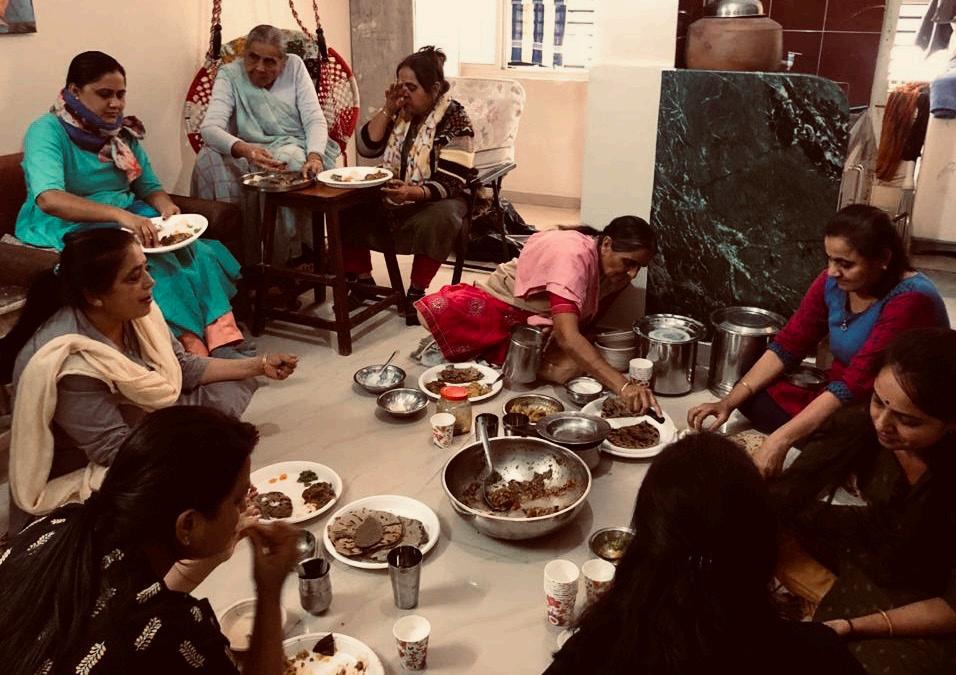
5 minute read
project 1.1 - lived experience project 1
The power of food to evoke memories and transport us to the past is truly remarkable. Whether it’s a slice of birthday cake from our childhood or a beloved holiday dish, the taste, smell, and texture of food can trigger vivid recollections of people, places, and experiences. Food has the ability to create lasting connections and leave indelible impressions, whether it’s a treasured family recipe or a spontaneous culinary adventure. Sharing a meal with loved ones can be an incredibly personal and emotional experience that strengthens bonds and creates memories that endure a lifetime.
For this project, we each explored a specific memory of a meal that had a significant impact on us. Through this personal experience, we delved into aspects like the historical background, production process, and journey of the food itself, as well as the stories, fables, and personal memories associated with it. By examining both the logical and emotional aspects of food consumption, we gained a deeper understanding of its significance in our lives.
Advertisement
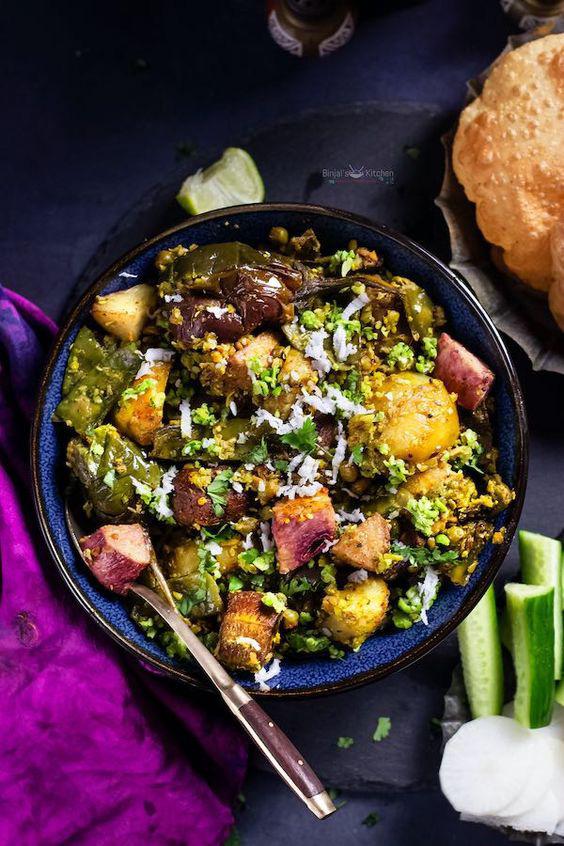
In the western region of India, specifically in the state of Gujarat, the kite festival is celebrated with great enthusiasm. During this festive occasion, children can be seen on the rooftops, merrily flying kites, while their mothers are busy preparing a special Gujarati dish called “undhiyu.” Undhiyu holds immense popularity and is traditionally cooked on the day of the kite festival. As the festival draws near, my mother would embark on a quest to gather all the necessary vegetables that go into the preparation of undhiyu. Typically, around ten seasonal vegetables are required to create this delectable dish.
Every year, our entire family would assemble at my gradma’s house, which became our customary gathering place for the festival. Early in the morning, we would eagerly rush to the rooftops, clutching our kites, joining countless others in this joyous spectacle. The terraces would be filled with people, their voices echoing through the air as they shouted and danced with excitement.
Meanwhile, the moms of the house would be occupied in the kitchen, diligently preparing the undhiyu. The process was meticulous and timeconsuming. As the day progressed, it would finally be time for our muchawaited lunch. I vividly remember my mother calling out my name, and my siblings and I would hasten home to savor the undhiyu. Gathering around the floor with mats, we eagerly awaited our turn as my mother filled our plates. The anticipation would build as we waited for everyone to receive their meals, eager to commence our communal dining experience.

Undhiyu would be accompanied by piping hot puris, a type of whole wheat puff bread, and jalebis, an irresistible sweet treat. This harmonious combination of flavors and textures holds a special place in our hearts, evoking cherished memories that will forever remain etched in our minds.
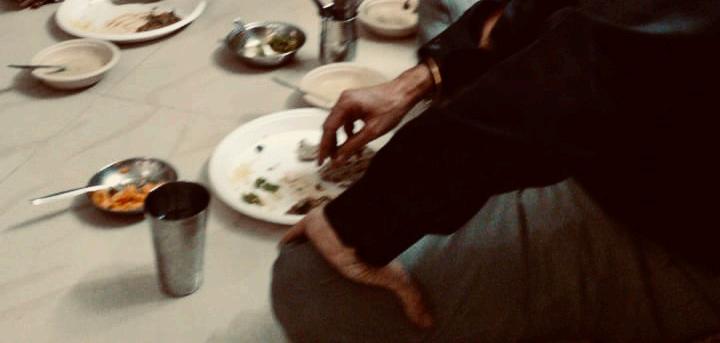
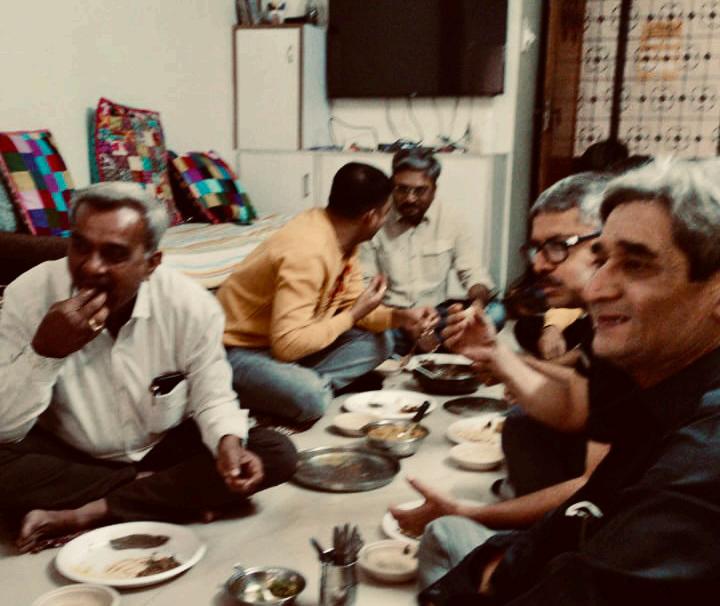
Timline of the History of the meal
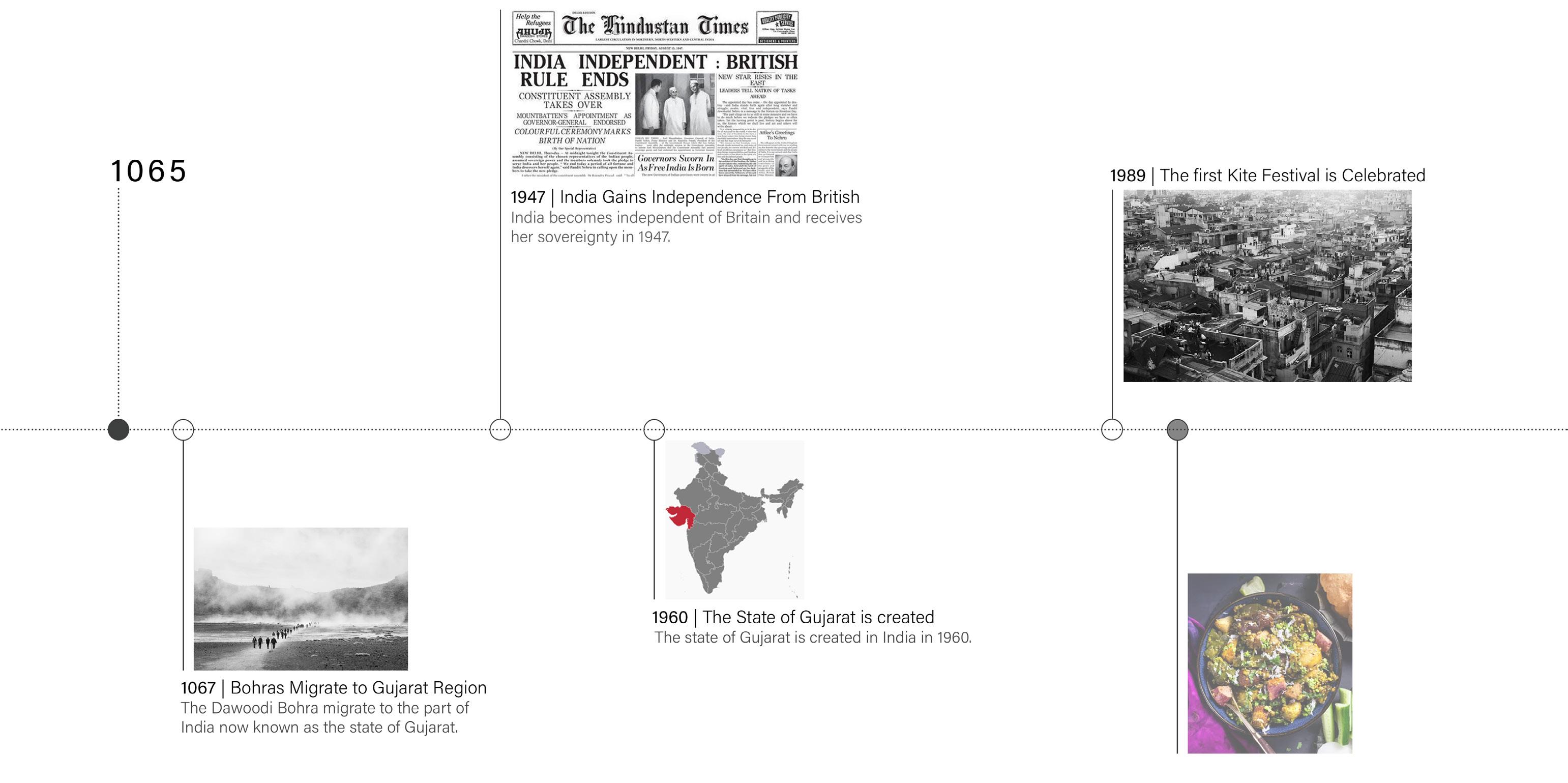
The origins of Undhiyu can be traced back to pre-industrial India, a time when cooking was done over wooden fires. This delightful dish takes on various flavors and forms, influenced by the regions in which it is prepared.
The name “Undhiyu” is derived from the Gujarati word “undhu,” meaning upside down. This name is fitting as the traditional method of cooking Undhiyu involves burying earthen pots, known as “matlu,” upside down underground. The pots are then fired from above, creating a unique cooking environment. However, as times have changed, people have adapted the cooking process and now prepare Undhiyu in the vessels available at home, while still preserving its deliciousness.
Undhiyu holds a special place in the hearts of Gujaratis and has even earned the reputation of “dividing loyalties” among them. It has achieved a cult status that extends beyond regional boundaries, making it more than just a local dish. In fact, Undhiyu has become a national dish, with a dedicated day to celebrate its splendor. Yes, there is a National Undhiyu Day, adding an element of fun and excitement to its already rich legacy.
Ingredients for preparing ‘Undhiyu’
Produce
Indian beans, Tomatoes, Drumsticks, Green banana, Ivy gourd,Yam, Sweet potato, Potatoes, Baby eggplant, Fresh coconut, Coriander leaves, Garlic, Ginger, Green chilies, Fenugreek leaves ( to make fried dumplings )
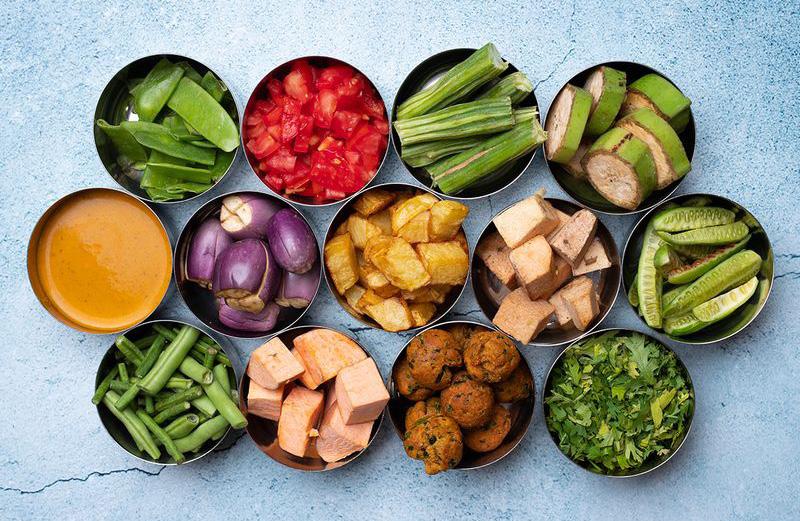
Baking
Wheat flour, Chickpea flour, Semolina
Spices
Mustard seeds, Cumin seeds, Sesame seeds, Coriander seeds, Carom seeds, Turmeric, powder, Garam masala, Chilli powder, Coriander powder, Salt, Sugar
Method for preparing ‘Undhiyu’
For Green Paste
Add all green paste ingredients (green peas, fresh lilva beans, grated coconut, roasted peanuts, sesame seeds, green chilis, coriander leaves, ginger, salt and sugar) in a mixer jar, make a coarse paste and keep aside.
Preparation
Wash and clean the potatoes and baby eggplants, then cross cut (make a cross slit) and keep aside. Remove skin of the raw banana and cut into small cube size pieces.
Take a kadhai/deep pan and add oil. First deep fry the purple yam and banana pieces till golden brown, then deep fry potatoes and eggplants (do not over fry potatoes and eggplants). Remove the fried ingredients on kitchen paper. Now stuff the green paste into the fried eggplants and potatoes and keep aside the remaining paste.
Process
Take a big pot or pressure cooker and add 2 tbsp oil. Once hot enough, add cumin seeds, mustard seeds and hing. Then add the chopped surti papdi and sauté it for a few seconds, then place the stuffed potatoes, Methi Muthia, fried purple yam and banana pieces, then add fresh Lilva beans and green peas layer wise. Now spread the leftover green paste, turmeric, red chili powder, garam masala and salt, then sprinkle ¾ cup of water over it. Now for the last layer put the stuffed eggplants, then cove the lid and cook it all veggies on medium flame about 10-12 mins. If you are using a pressure cooker, then just cook it till 2-3 whistle only.
Surti Undhiyu is ready now. Remove the lid, sprinkle some chopped coriander leaves, mix the all cooked veggies gently, garnish it with fresh grated coconut and serve it with puri or paratha along with a lemon wedge and enjoy this winter delicacy.
Garam masala, Chilli powder, Coriander powder, Salt, Sugar timline of the history of the meal https://gulfnews.com/food/ guide-cooking/watch-recipe-for-gujarati-undhiyu-thats-sogood-1.1628492441355
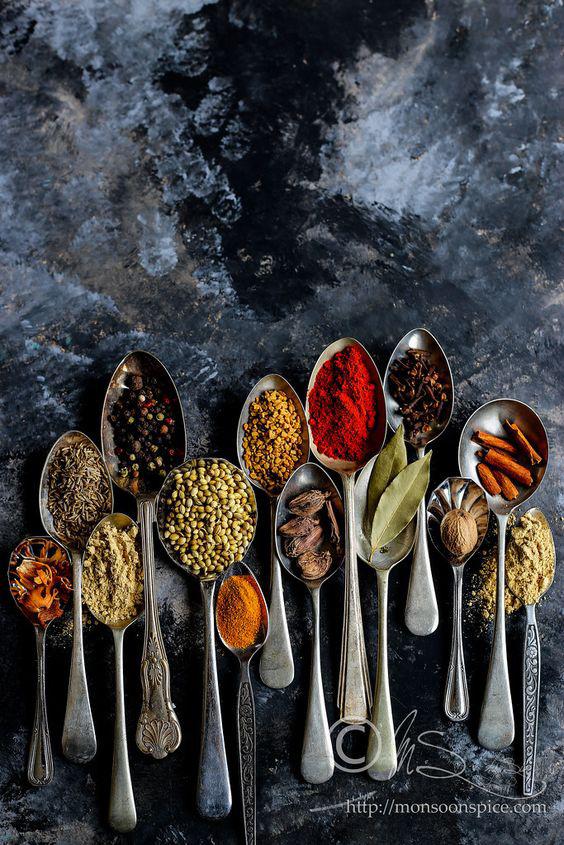
From Farm to Countertop journey of the ingredients for Undhiyu
Image Analysis
For me this image is a huge memory, that transports me back to time. It depicts a sense of togetherness and community as the whole family gathers to share a meal. The act of sitting on the floor suggests a traditional seating arrangement, which is common in Indian households during festive occasions.
Undhiyu, being the focal point of the gathering, represents the cultural significance of the dish in this festive context. It symbolizes the celebration of the occasion and serves as a unifying element, bringing everyone together. The presence of the entire family highlights the importance of family bonds and the value placed on spending quality time together. It showcases the collective joy and shared experience of relishing a delicious meal prepared with love and care. The act of eating together emphasizes the sense of unity and connection within the family. It promotes conversation, laughter, and the sharing of stories, creating a warm and welcoming atmosphere during the festive gathering.
